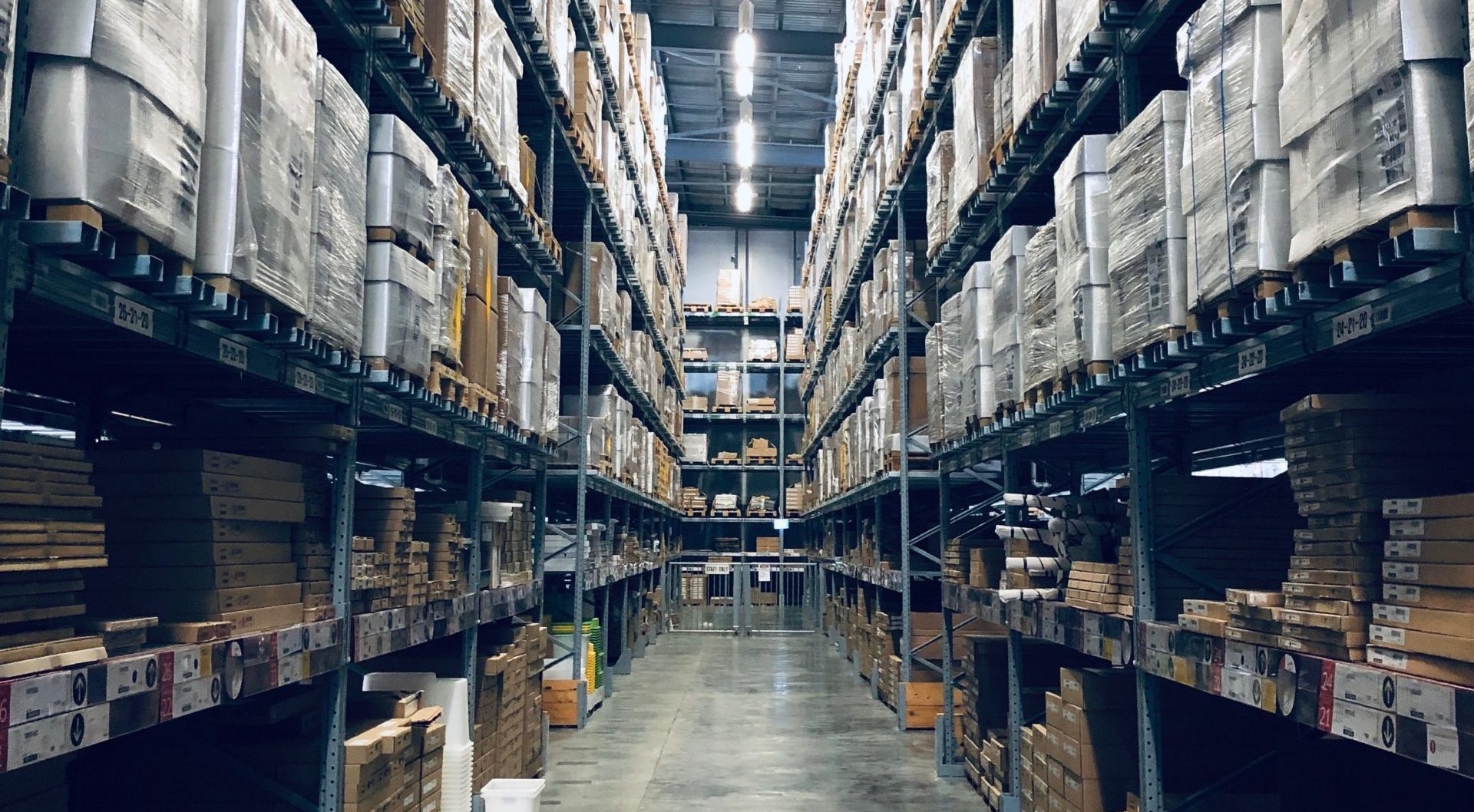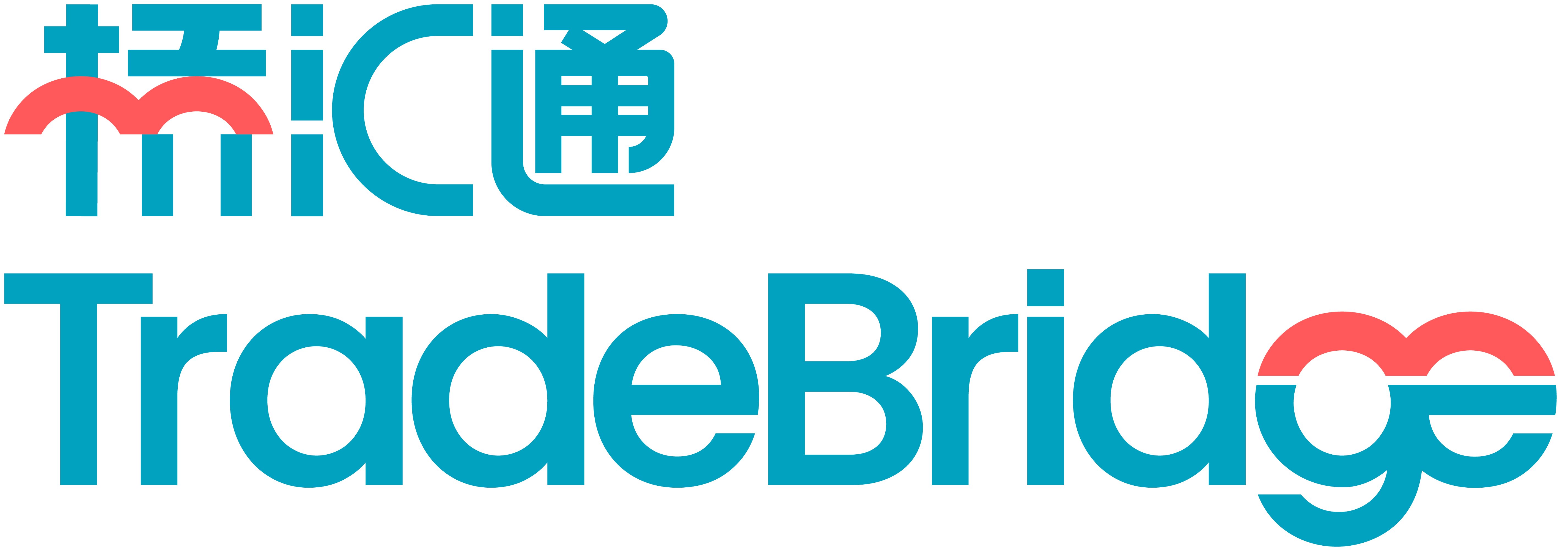

Managing supply chain disruption and consumer demand during a pandemic
We interviewed Grant Fraser, Head of Global eCommerce Financing, to get his thoughts on how the eCommerce industry has responded to the COVID-19 pandemic.
Watch the video or read the full interview below.
Which eCommerce marketplaces and sectors have performed successfully
throughout the COVID-19 pandemic?
Early in the pandemic, we saw an increase in purchases in particular product categories where consumers were prioritising household essentials and healthcare products such as hand sanitiser and face masks.
As the duration of lockdown continued, consumers moved their focus onto buying products for use around the home with homeware and DIY sales increasing as people looked at completing projects around the house. Exercise equipment also saw an uplift as people began spending more time completing home workouts whilst they couldn’t attend a gym.
The marketplaces that were agile and set up to take advantage of the changes in consumer purchasing trends saw the most success. By incentivising their sellers, they were able to take some risks and ensure they could meet the demand.
How has COVID-19 impacted supply chains in the eCommerce industry?
Manufacturing completely shut down for many countries, so products were not being made, therefore there was a shortage of stock.
Both marketplaces and merchants were searching to build new supplier relationships, which are hard to develop in the short term. These relationships take time to build, are expensive and typically paid for upfront when you first establish them with a new supplier.
The pandemic has exposed the weaknesses in long supply chains, so going forward it is likely that these supply chains are going to get shortened significantly. They’ve become much more diversified with the aim of ensuring there is no single point of failure.
Is the gap between marketplaces and supermarkets closing?
Many marketplaces are adding new categories in order to drive revenue and cater to changing consumer trends.
We’ve seen real.de purchased by Lidl owner Schwarz Gruppe in Germany and eMAG are adding new categories for dried food and drinks whilst further collaborating with Big Image, a local supermarket retailer in Romania.
There is a whole host of examples where this happening across several jurisdictions and marketplaces are thinking ahead of the curve, acting quickly to try and cater for that changing consumer demand.
How have eCommerce marketplaces adapted as a result of the COVID-19
pandemic?
Marketplaces are flexible and are able to scale to meet demand. Many have been approaching offline retailers, adding brands to their stores that build credibility, increase the range of products and cater to changes in consumer buying behaviour.
Marketplace sales departments are onboarding new merchants as they want at least three sellers for every product on the store to ensure consumers have a choice and the demand is met. For those marketplaces continuing to onboard new sellers, they’re likely incentivising them to use their fulfilment service.
For sellers, putting stock in their own warehouse comes at a capital cost, so by marketplaces offering free storage throughout the pandemic, they help to support the sellers to continue trading.
How has TradeBridge met the demands of the changing market?
Our ambition is to leverage our technology and expertise to analyse the merchant sales trajectory and put our capital in the right place to support marketplaces and merchants on their growth journey.
We’re moving fast to help merchants diversify, add new product lines and increase their sales via the marketplace. We have significant interest from marketplaces to incentivise merchants to drive them towards their fulfilment service and put stock in the marketplaces warehouse.
We encourage any marketplace and any merchant to come and talk to us and challenge us to solve the problem that you have. We will be happy to find a solution for you.
What are your predictions for the eCommerce landscape over the next 12 months?
Consumers are buying more online and we expect this trend to continue. We’re going to see more technology and more data analysis. As consumers continue to make those purchases, marketplaces will need to understand the consumers buying behaviour and tailor their product offering to suit their likes and dislikes. We’ll probably see category-specific marketplaces appear and some further consolidation in the sector as the more mature marketplaces acquire fast-growing emerging players.
With the advancement in technology, we will see the use of AI increase, maybe even virtual reality. Imagine projecting an image of a new sofa into your living room using your mobile. As the ecosystem gets bigger and more complex, marketplaces will need partners who can support their business at this time and that’s certainly the relationships that we are trying to establish.


